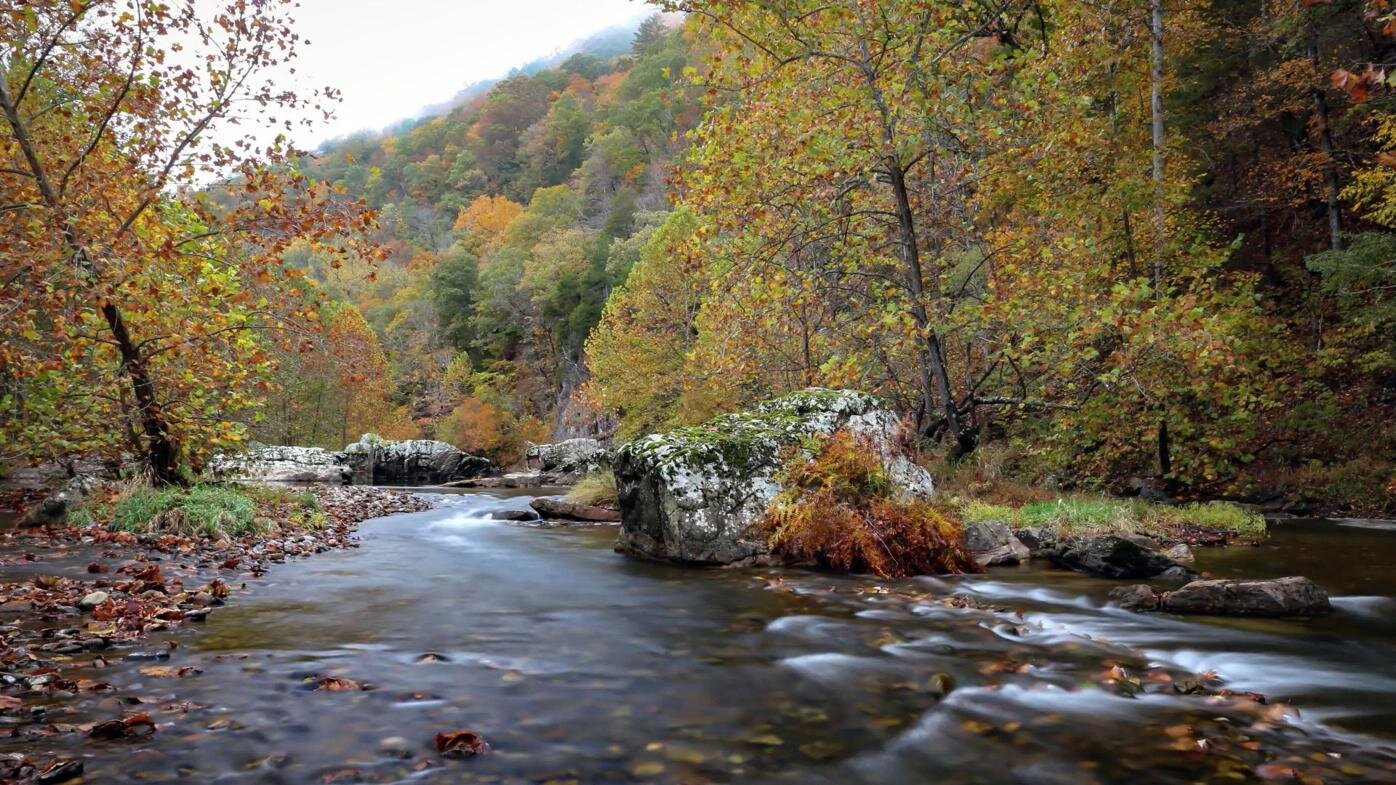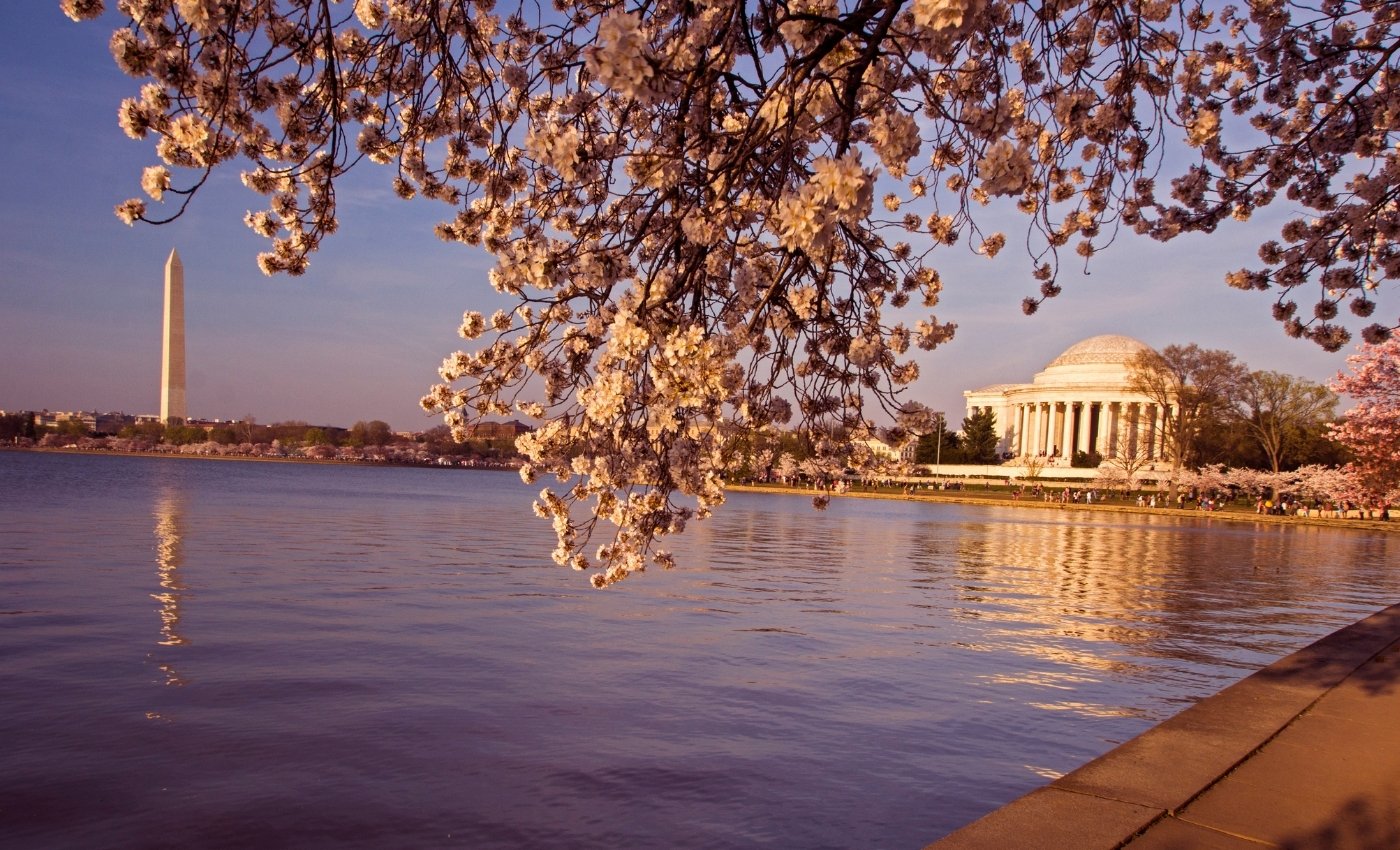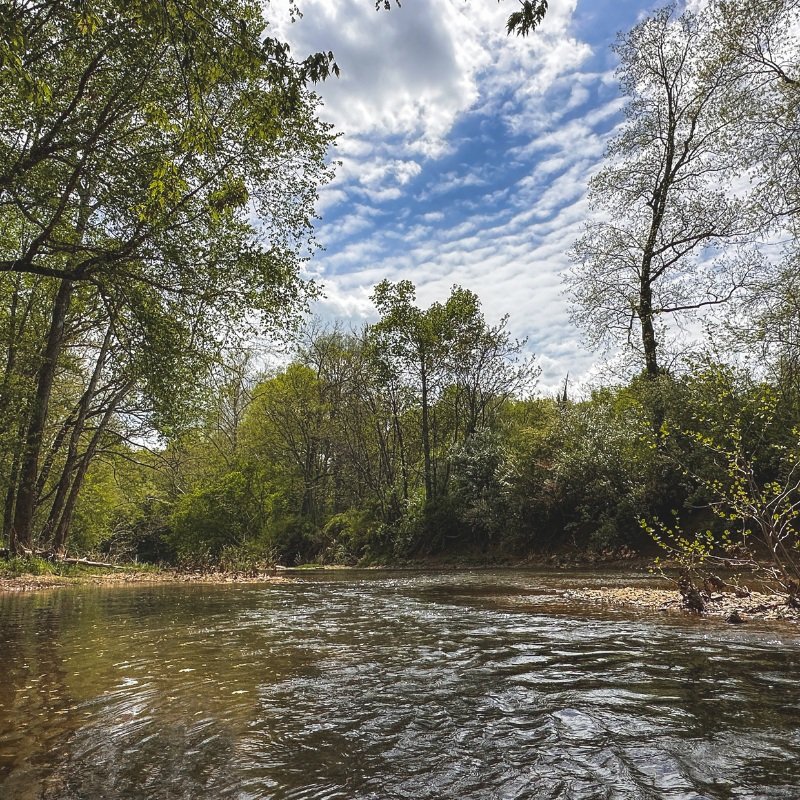Potomac Conservancy and partners protect 755 acres in West Virginia
/Learn why this beautiful land (and a local bat) inspired 3 groups to fight for its survival
image courtesy of the west virginia land trust.
“I believe that we are all called upon to be good stewards of all life,” said Steve Callen, owner Cliff Canyon, a 755 acre wild Eden nestled in West Virginia’s Appalachian Mountains.
Like so many of us, Steve had a place within the Potomac River’s lands and waters that he held close to his heart and felt compelled to do all he could to protect it. But he needed help.
Here’s how one man gathered together a powerful partnership to save Cliff Canyon and why the permanent protection of this special place will have immeasurable benefits throughout the Potomac River region.
A place to love
Cliff Canyon isn’t just special to Steve. Its steep hillsides and rocky character mean it isn’t often visited, but anyone lucky enough to come across it is struck by its beauty.
"Cliff Canyon is one of the most exciting places I've seen in the Appalachian region, and to find it nestled just out of sight on a common country road is remarkable,” said Emily Warner, Potomac Conservancy Senior Director of Land Conservation.
“This project encompasses so many good qualities, but what stands out to me is the ruggedness of the land and the solitude one feels in this canyon. It is nice to know it will always stay and feel this way,” says Ashton Berdine, Lands Program Manager for the West Virginia Land Trust.
Kayakers and whitewater enthusiasts know the land by another name, Moorefield Canyon, and treasure it for its challenging its Class 2 and 3 rapids on the South Fork River in the spring.
Beyond the inherent, heart-string-pulling grandeur of the place, Cliff Canyon is valued by biologists and conservationists for its value to clean water and biodiversity.
CLiff canyon in pendleton county, WV. Image courtesy of the West virginia land trust.
Untapped potential
755 acres may not seem like a lot when considering that Potomac Conservancy is tasked with protecting and restoring all 14,670 square miles (that’s over 9 million acres!) of the Potomac River basin. But it’s all about location, location, location.
The property secures over three miles of river habitat, protecting water quality, aquatic species, and streamside forests. West Virginia’s headwater streams (such as the South Fork River) supply clean drinking water to millions of people downstream.
Biologists were also eager to see the canyon protected because of the many globally rare plant communities, such as the Southern Appalachian Northern White Cedar (less than five known occurrences worldwide) and the dry forest habitat that’s home to many other rare species.
The federally threatened Virginia big-eared bat is also known to reside in this remote place, adding to the critical need to keep this location protected. In total, 18 rare species and plant communities occur here, largely due to the limestone geology.
Endangered Virginia Big Eared Bats in pendleton County, WV. This threatened species depends on protected caves and woodlands for its survival. Image courtesy of the US Fish and wildlife service.
So by protecting just this one small corner of our watershed, we can protect clean drinking water for folks from Appalachia to the Chesapeake Bay, help ensure the survival of bats that are critical to pollination and crops, and safeguard numerous plant species that are rarely found anywhere else.
Yet, 755 acres can look tempting to developers - so how to make sure this wellspring of clean water stays untapped by commercial interests forever?
A gathering force
“I consider it a great privilege to be able to participate in the permanent protection of a unique and relatively undisturbed habitat that supports a large suite of terrestrial and riparian species,” said owner Steve Callen.
It was Steve’s passion and dedication that set the process of protection in motion.
Steve convened three of West Virginia conservation organizations and asked for help and advice in achieving his goal. The West Virginia Land Trust, The Nature Conservancy, and the Potomac Conservancy joined forces to bring this vision to completion.
The process of securing a land conservation easement isn’t easy but with teamwork and collective willpower it can be done. All three organizations each played a key role in securing the financial resources and stewarding the project to completion. The three organizations jointly applied to the West Virginia Outdoor Heritage Conservation Fund (OHCF) for financial assistance to protect the Cliff Canyon site.
“The Nature Conservancy, West Virginia Land Trust and Potomac Conservancy share a vision of protecting West Virginia’s important and special places. Together, we are working to provide a backdrop that makes people want to live, recreate and enjoy the natural wonders of our great state,” said Mike Powell, TNC Director of Lands.
As of November 2020, West Virginia Land Trust holds the easement which will now permanently protect this land. Potomac Conservancy is honored to have contributed to this partnership and continue to be part of the chorus of voices fighting for our wild and wonderful places.
















